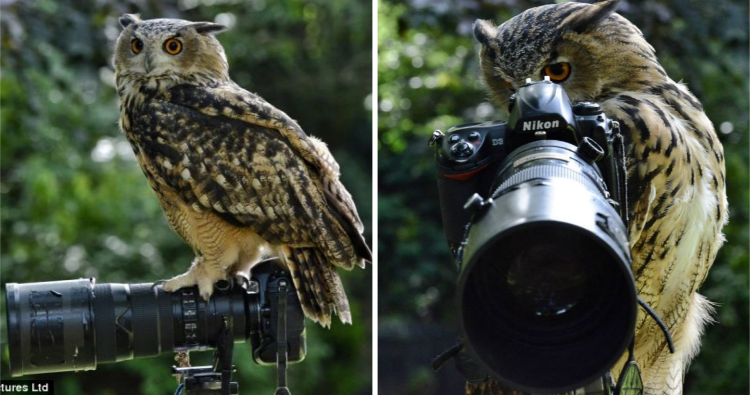The tui bird, also known as Prosthemadera novaeseelandiae, is a stunning medium-sized species that originates from New Zealand. It boasts beautiful hues of blue, green, and bronze alongside a unique white throat tuft, or poi. This bird holds a distinct position as the only species in the Prosthemadera genus within New Zealand, making it indigenous to the area. As part of the Meliphagidae family, which is known for Australasian honeyeaters, the tui stands out as one of the larger species, with the only other living species in the family found in New Zealand being the New Zealand bellbird (Anthornis melanura). The tui is a thriving bird across the archipelago and has a broad distribution from the subtropical Kermadec Islands to the sub-Antarctic Auckland Islands.

The tui is a type of large honeyeater that can grow to be 27 to 32 cm (11-13 in) long. Interestingly, the Chatham Islands variety of the tui is actually larger on average than the regular type, and they also weigh more. In general, male tuis are heavier than females. Regular male tuis can weigh anywhere from 65-150 g (2.3-5.3 oz), while females tend to be lighter at 58-105 g (2.0-3.7 oz). The Chatham Islands males, however, can weigh between 89-240 g (3.1-8.5 oz) and females range from 89-170 g (3.1-6.0 oz).

The tūī bird may initially seem entirely black, except for a small white tuft at the neck and a small white wing patch which gives it the appearance of a parson dressed in clerical attire. Upon closer examination, the tūī actually has brown feathers on its back and flanks, with a colorful, iridescent sheen that varies depending on the angle of light. The bird also has a delicate collar produced by small, white-shafted feathers on the back and sides of its neck.
Tūī are indigenous to New Zealand and can be found throughout the country, particularly in the North Island, as well as the west and south coasts of the South Island, Stewart Island/Rakiura, and the Chatham Islands, where a sub-species exists. Small populations can also be found on Raoul Island and the Auckland Islands, where they are the most southerly honeyeaters. Historically, Māori preserved tūī in calabashes or gourds for consumption. Unfortunately, their numbers have declined significantly since European colonization due to habitat destruction and predation by invasive mammalian species.

Despite the potential threats to its existence, the tūī species is currently deemed secure and has shown signs of recovery in certain regions. This is largely due to the removal of livestock, which has allowed vegetation to thrive once again. However, introduced species still pose a significant threat to the tūī, with brushtail possums being a major predator of their eggs and chicks. Other animals like cats, stoats, blackbirds, rats, and even common mynas (which compete with tūī for food and occasionally consume their eggs) also contribute to the ongoing concerns for the survival of this species.

Tui birds typically thrive in broadleaf forests at lower elevations, though they have been spotted as high as 1500 meters. They can adapt to small remnants of forests, new growth, non-native plantations, and even heavily-vegetated suburbs. These birds are frequently observed in urban areas around Wellington, often alone, in pairs, or in small family groups. However, when there is plenty of food, tui may gather in larger flocks alongside other birds like silvereyes, bellbirds, or kererū. When competing for the same food resources, tui tend to rule over bellbirds, who are often chased away from feeding spots like flax plants.
The tui diet typically consists of nectar, but they also eat fruit and insects regularly, and occasionally consume pollen and seeds. They particularly enjoy nectar from the New Zealand flax plant, which can sometimes ferment and lead to the tui appearing intoxicated while flying. These birds play a crucial role as pollinators for many plants, including flax, kōwhai, kaka beak, and others. Interestingly, the shape of these flowers is similar to that of the tui’s beak, a great example of mutualistic coevolution.

During breeding season, both male and female birds collaborate to construct a spacious and disordered shallow cup-shaped nest. However, the female takes on most of the nesting responsibilities. The eggs typically have a light pink or white base with splotches of pale red primarily on the larger end. On average, there are four eggs in a clutch, with each egg measuring approximately 27.5 mm × 20.3 mm (1.08 in × 0.80 in). The female incubates the eggs for two weeks while the male assists with feeding the chicks and discarding their waste. Although only the female bird broods the younglings, both parents continue to feed the chicks for roughly two more weeks until they fledge.

Tui birds possess a range of intricate songs and calls that are akin to those of parrots. They share with parrots the talent of mimicking human speech with great clarity, which Māori people taught them to imitate. Tui birds are even capable of reproducing sounds such as shattering glass, car alarms, classical music, and commercial jingles.

All birds possess a syrinx, a sound-producing organ that is typically controlled by two sets of muscles. However, passerines or songbirds such as the tūī have nine pairs of muscles that enable them to create more intricate vocalisations, and they are visibly engaged in their songs. Thanks to their dual voice boxes, tūī can produce two sounds simultaneously. Tui songs also vary depending on geographic location, microgeography, season, gender, and individual variation. Interestingly, tūī also sing during the night, particularly around the time of a full moon.




